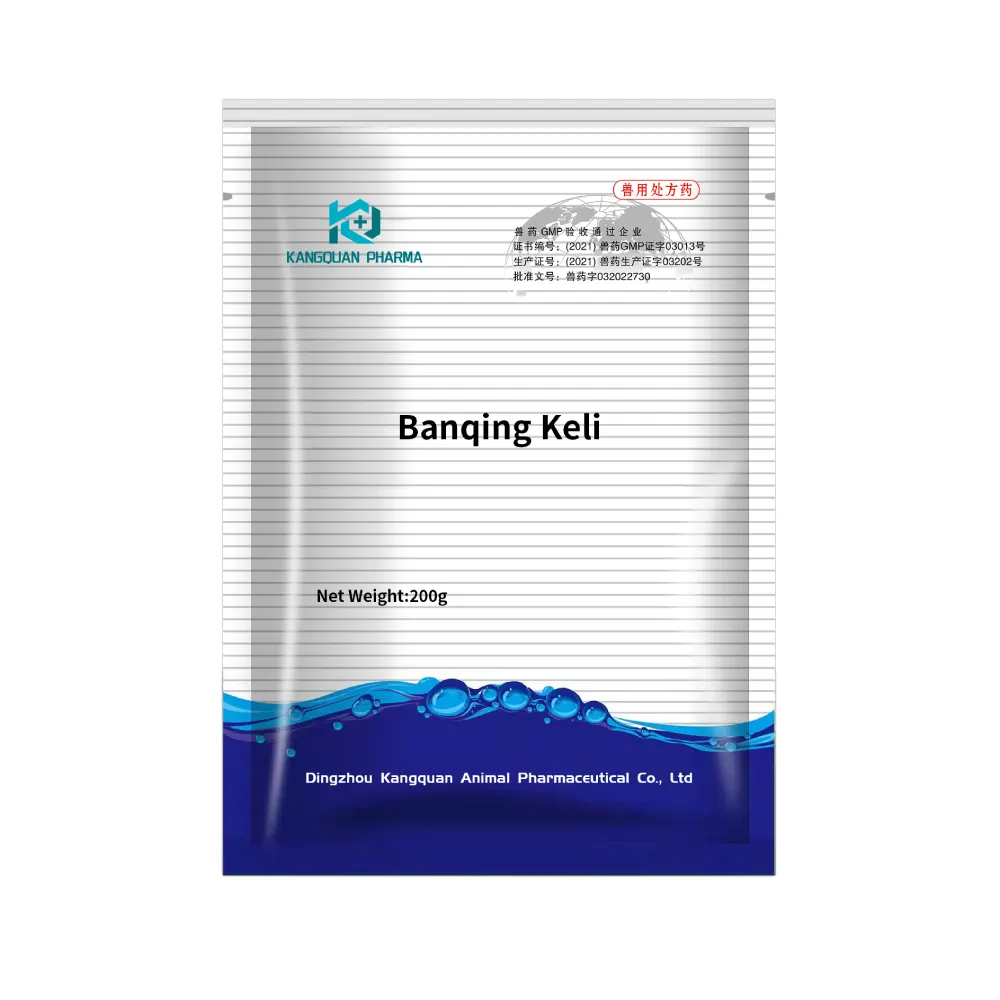- Afrikaans
- Albanian
- Amharic
- Arabic
- Armenian
- Azerbaijani
- Basque
- Belarusian
- Bengali
- Bosnian
- Bulgarian
- Catalan
- Cebuano
- Corsican
- Croatian
- Czech
- Danish
- Dutch
- English
- Esperanto
- Estonian
- Finnish
- French
- Frisian
- Galician
- Georgian
- German
- Greek
- Gujarati
- Haitian Creole
- hausa
- hawaiian
- Hebrew
- Hindi
- Miao
- Hungarian
- Icelandic
- igbo
- Indonesian
- irish
- Italian
- Japanese
- Javanese
- Kannada
- kazakh
- Khmer
- Rwandese
- Korean
- Kurdish
- Kyrgyz
- Lao
- Latin
- Latvian
- Lithuanian
- Luxembourgish
- Macedonian
- Malgashi
- Malay
- Malayalam
- Maltese
- Maori
- Marathi
- Mongolian
- Myanmar
- Nepali
- Norwegian
- Norwegian
- Occitan
- Pashto
- Persian
- Polish
- Portuguese
- Punjabi
- Romanian
- Russian
- Samoan
- Scottish Gaelic
- Serbian
- Sesotho
- Shona
- Sindhi
- Sinhala
- Slovak
- Slovenian
- Somali
- Spanish
- Sundanese
- Swahili
- Swedish
- Tagalog
- Tajik
- Tamil
- Tatar
- Telugu
- Thai
- Turkish
- Turkmen
- Ukrainian
- Urdu
- Uighur
- Uzbek
- Vietnamese
- Welsh
- Bantu
- Yiddish
- Yoruba
- Zulu
Nov . 07, 2024 11:06 Back to list
Understanding Enrofloxacin Use in Canine Medicine and Its Benefits for Dogs
Enrofloxacin for Dogs An Overview
Enrofloxacin, a fluoroquinolone antibiotic, is a medication commonly prescribed to dogs for the treatment of bacterial infections. It works by inhibiting bacterial DNA gyrase and topoisomerase IV, essential enzymes for bacterial replication, effectively stopping the growth of harmful bacteria. As a licensed veterinarian-approved medication, enrofloxacin is primarily used to combat infections in various organs, including the urinary tract, skin, and respiratory system.
Indications for Use
Enrofloxacin is indicated for several conditions. One of its primary uses is in the treatment of urinary tract infections (UTIs), where it has proven effective against common pathogens such as Escherichia coli. In addition to UTIs, veterinarians may prescribe enrofloxacin for skin infections, certain respiratory infections, and soft tissue infections caused by susceptible bacteria. Its broad-spectrum activity makes it a valuable tool in addressing serious infections that may not respond to other antibiotics.
Dosage and Administration
The dosage of enrofloxacin for dogs typically depends on the type and severity of the infection, as well as the dog's weight and overall health. The usual dosage ranges from 5 to 20 mg/kg of body weight, administered once daily or split into two doses. It is vital to follow a veterinarian’s precise instructions regarding dosage and duration of treatment, as improper use can lead to antibiotic resistance or insufficient treatment of the infection.
Enrofloxacin is available in various forms, including tablets, injectable solutions, and oral suspensions. The specific formulation chosen may depend on the dog's condition, preference, and tolerance. It’s essential to ensure that the medication is administered at the same time each day to maintain consistent blood levels of the antibiotic and enhance its efficacy.
enroflox for dogs

Side Effects and Precautions
While enrofloxacin is generally well-tolerated, it can cause side effects in some dogs. Common side effects may include gastrointestinal upset (vomiting and diarrhea), loss of appetite, and lethargy. More severe but less common side effects can include neurological effects, such as seizures, and cartilage issues, particularly in younger dogs or those with pre-existing conditions.
Due to the potential for these adverse effects, enrofloxacin is not recommended for use in puppies or pregnant dogs unless absolutely necessary, and its use should be carefully monitored by a veterinarian. In addition, any signs of allergic reaction—such as difficulty breathing, swelling, or hives—should prompt immediate veterinary attention.
Conclusion
Enrofloxacin is an effective antibiotic that can be a lifesaver for dogs suffering from serious bacterial infections. However, its use must be carefully managed to minimize potential side effects and ensure the well-being of the pet. Responsible use of antibiotics, including enrofloxacin, is crucial in combating the growing concern of antibiotic resistance. Pet owners should always consult with a veterinarian before administering any medication to their dogs to ensure it is appropriate for their specific situation.
Veterinary guidance is essential not only for prescribing the right dose but also for monitoring the dog’s progress throughout the treatment. By understanding enrofloxacin’s benefits and risks, pet owners can make informed decisions regarding their dog's health, leading to better outcomes and a faster return to normal life.
-
Guide to Oxytetracycline Injection
NewsMar.27,2025
-
Guide to Colistin Sulphate
NewsMar.27,2025
-
Gentamicin Sulfate: Uses, Price, And Key Information
NewsMar.27,2025
-
Enrofloxacin Injection: Uses, Price, And Supplier Information
NewsMar.27,2025
-
Dexamethasone Sodium Phosphate Injection: Uses, Price, And Key Information
NewsMar.27,2025
-
Albendazole Tablet: Uses, Dosage, Cost, And Key Information
NewsMar.27,2025













